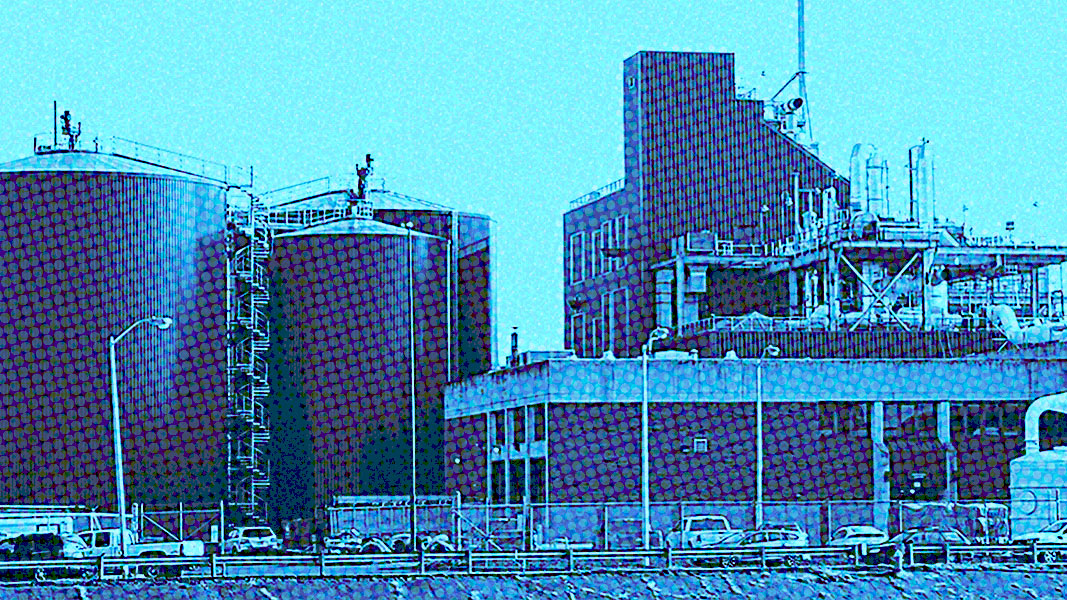Top: The Trenton Biogas facility in Trenton, New Jersey is a stand-alone food waste anaerobic digester that receives pre and postconsumer feedstocks. Photo courtesy of Trenton Renewables
The American Biogas Council’s (ABC) latest Data Digest focuses on stand-alone food waste anaerobic digesters, such as Trenton Biogas in Trenton (NJ) and the Bioenergy Devco facility in Jessup (MD). According to ABC, the U.S. has 109 stand-alone biogas facilities utilizing food waste as their primary feedstock — 5% of all 2,401 operational biogas systems and 6% of all operational anaerobic digester projects. Of the 109, there are 61 processing only preconsumer food waste feedstocks, such as industrial food/beverage processing and production waste and wastewater; 48 facilities process postconsumer commercial, institutional, and residential food waste.
California has the most stand-alone food waste facilities with 31, over a quarter of the U.S. total in 2023. Nine new facilities are in development in California, likely to help meet demand for infrastructure as jurisdictions comply with the state’s S.B. 1383 law that requires organic waste collection and recycling. Overall, three new stand-alone food waste facilities went into operation in 2023 with another 10 scheduled to go live in 2024. Biogas generated at the 109 stand-alone facilities — about 4% of total U.S. biogas output — is most often used to generate electricity or heat, although since 2020, half of new start-ups produce renewable natural gas (RNG) from their biogas. In 2023, biogas output at stand-alone food waste facilities totaled 46,027 standard cubic feet per minute (scfm), notes the ABC Data Digest. All of the facilities coming online in 2023 are designed to produce RNG. Capital investment in stand-alone food waste facilities, to date, totals $2.3 billion USD.












